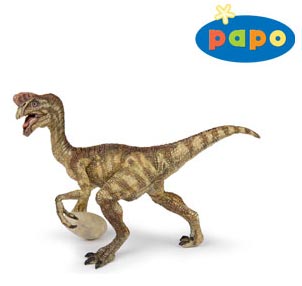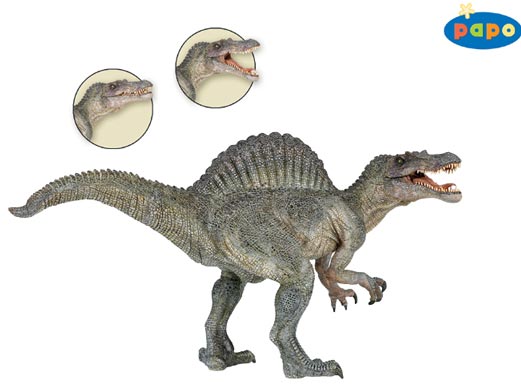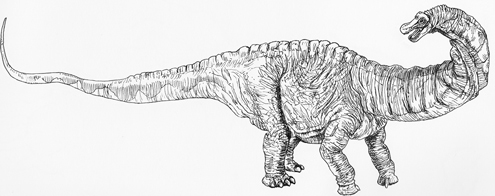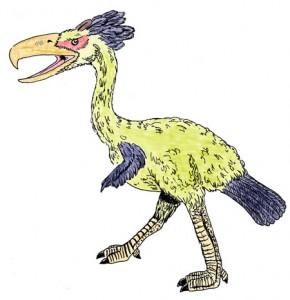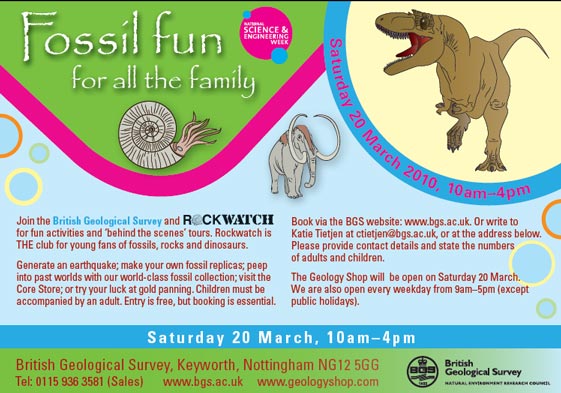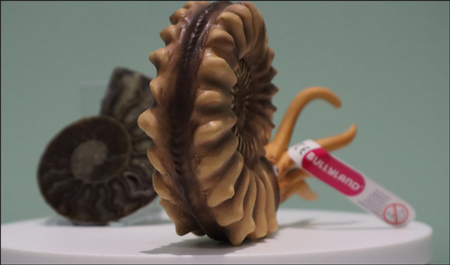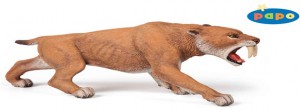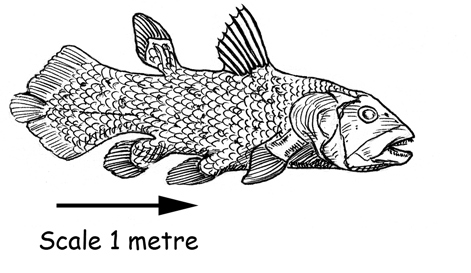Unique Dwarf Dinosaurs on Dinosaur Island
Evidence of Dwarfism in Late Cretaceous Dinosaurs that lived on an Island
Fossils of dwarf dinosaurs found in deposits associated with the Hateg Formation suggest that on an ancient Cretaceous archipelago, diminutive dinosaurs roamed.
The Hungarian scientist Franz Nopcsa, proposed a theory that if animals are marooned on an island, the limited resources would have a fundamental effect on the animal population over generations. Large animals would have a tendency to become smaller over time, eventually evolving into distinct species from their mainland ancestors. This rule, seen in many extant island species today, also rings true for those creatures known only from the fossil record. In a new paper, published by a team of scientists, it seems that dinosaurs trapped on islands with limited resources also evolved into dwarf forms.
“Insular Theory”
Nopsca called his theory the “insular theory”, it is perhaps more commonly known as the “island rule”. Animals having to cope with environments where resources are limited either adapt or become extinct. One of the ways in which animals adapt is to become smaller and smaller over subsequent generations. Many thousands of years ago, dwarf species of elephant lived on some of the islands of the Mediterranean. These animals had been cut off from their African homeland as sea levels rose. Many of these types of elephants evolved into dwarf forms as a result of their isolation.
The finding of the fossilised skulls of these long dead elephants by human settlers gave rise to the cyclops myth. The nasal area of the skull rots away leaving a hole in the centre of the forehead. This was mistaken by Greek settlers to those Mediterranean islands where elephant populations had existed, as being a single eye socket. Hence the myth of the one-eyed, giant cyclops arose.
Is This How the Cyclops Legend Arose?
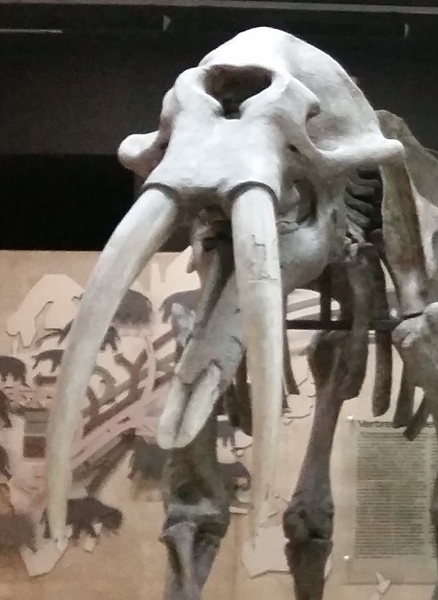
When viewed from the front the idea of a one-eyed man (cyclops) can be postulated. Picture credit: Everything Dinosaur.
Picture credit: Everything Dinosaur
Ironically, Franz Nopcsa’s family owned estates in part of Romania and it is from the study of the ancient Cretaceous fauna from this part of Romania known as Hateg Island that indicates that Nopcsa’s “island rule” applies also to Dinosauria. The concept of diminutive dinosaurs on Hateg Island was put forward by Nopcsa and this new research into the fossils found in that region shows that he may well have been right.
Professor Mike Benton (University of Bristol) and six other researchers from Romania, Germany and the United States have published a paper on-line detailing their studies of the fossil bones found in the Upper Cretaceous strata of the region. Thanks to earlier work, the dinosaurs of this part of eastern Europe are very well documented and a number of species and genera are known. What is surprising is how small many of these animals seemed to be.
For example, the titanosaur, Magyarosaurus one of the largest animals known from this region measured only six metres long, making it one of the smallest titanosaurs in the fossil record. Many dinosaur remains indicate that in the Hateg area dinosaurs were in many cases less than half the size of their close relatives found in slightly older strata in northern Europe.
The team of scientists examined the fossilised bones of a number of types of dinosaur from the Hateg Island region, theropods, ornithopods and of course titanosaurs. They have concluded that the Hateg Island dinosaurs were indeed dwarfs and not just young dinosaurs whose remains have been preserved with no adult animal material present.
The “Island Rule”
It seems that based on this study, the “island rule” also appears to apply to dinosaurs. The Hateg Island area is assumed to have been a series of small islands that were formed as sea levels rose at the end of the Cretaceous. Although, some geologists question the evidence for this part of the world being a series of small islands, a sort of archipelago island chain, at the end of the Cretaceous, island habitats with their limited resources would provide some explanation for the dwarfism seen in the dinosaur fossils.
A close study of the fossils confirmed that the dinosaurs had reached adulthood so they were not just underdeveloped youngsters who had died young and been preserved as fossils.
Detailed studies by Martin Sander in Bonn and his students also show that the bone histology (the microscopic structure) is adult, meaning that at six metres long; that was about as big as a Magyarosaurus could expect to grow to, whilst other types of titanosaur could grow to lengths in excess of 20 metres.
These well-studied examples suggest dwarfing can happen quite quickly, the team believes.
Professor Benton, said:
”The general idea is that larger animals that find themselves isolated on an island either become extinct because there is not enough space for a reasonably-sized population to survive, or they adapt. One way to adapt is to become smaller, generation by generation.”
The Hateg dinosaurs date from close to the end of the Cretaceous period, some 65-70 million years ago, when much of Europe was flooded by rising sea levels. The largest island is this ancient island group, may have been just a few thousand kilometres square, providing the environmental driving force to induce dwarfism in the larger types of animals on the islands. It is not known whether the dinosaurs and the other fauna was marooned as sea levels rose, or whether they swam or drifted to the islands by chance later on.
As Professor Benton added:
”Either way, this research demonstrates that once they arrived they evolved to become dwarfs.”
The island of Isla Sorna, the small, second island used by the creators of the Jurassic Park dinosaur land in the movie of the same name, may have been a work of fiction, but this new paper indicates that small islands in the past did support populations of dinosaurs albeit dwarf species compared to their mainland cousins.
Everything Dinosaur stocks models of various prehistoric animals, fossils of which are associated with the Hateg Formation: Dinosaur and Prehistoric Animal Models.
Not all animals from the Hateg islands were small, recently evidence has been found of a gigantic pterosaur, large enough to rival the biggest of the azhdarchids in strata from this area. The genus has been named Hatzegopteryx and although the description is based on fragmentary fossil evidence, some scientists have claimed this pterosaur would have had a wingspan in excess of 12 metres.


